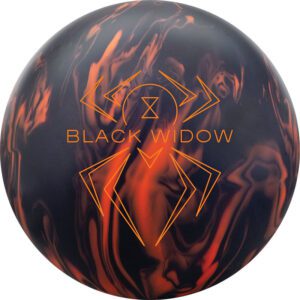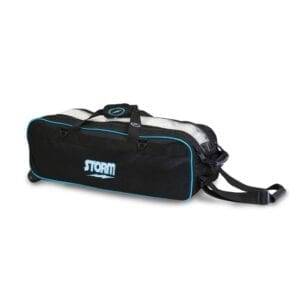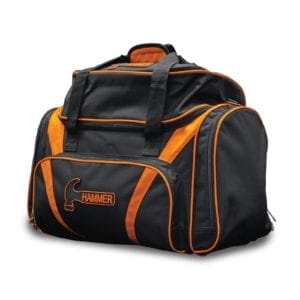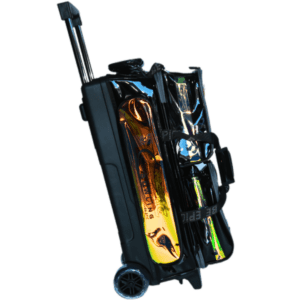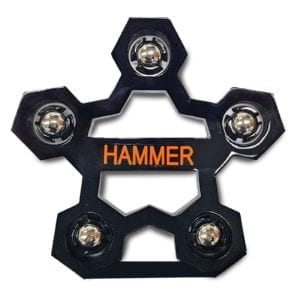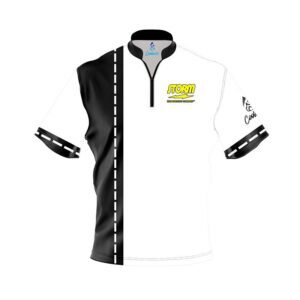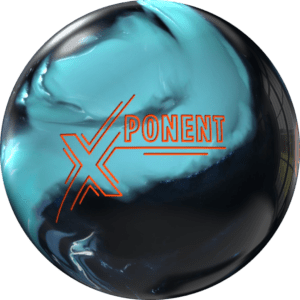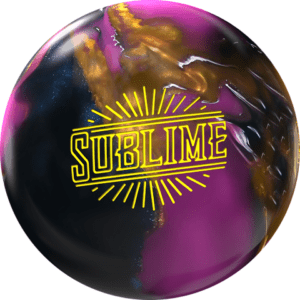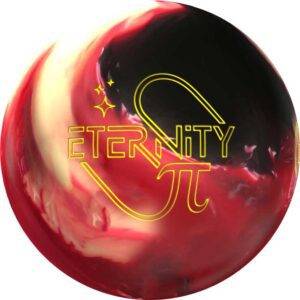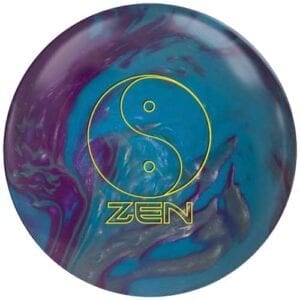Bowling Tips & Coaching Articles, Luke Rosdahl Bowling Ball Reviews, Luke Rosdahl The Classroom, Storm Bowling Ball Videos
The Classroom With Luke Rosdahl – Bowling Ball Cover Formulas vs Bowling Ball Cover Formulas
bowling ball coverstock formulas vs coverstock formulas
Bowling Ball Coverstock Formulas VS Coverstock Formulas
Hey everyone, today we’re going to continue with looking at cover formulas to make sure you have a good understanding of that before we move on to anything else. Once again, a few shameless plugs to get started, follow the link in the description or at the end of the video for any of your bowling needs at BowlersMart, supporting them supports me, and don’t forget my code “Rosdahl10” the next time you go to order anything at Coolwick to get 10% off, they’re the ones that keep stuff like this coming.
Bowling Ball Coverstock Formulas Are More Important Than Coverstock Types
So in the last video I wanted to impress on you that cover formulas were vastly more important than cover types, or at least saying just pearl, hybrid or solid by itself didn’t mean anything seeing as how an Omega Crux and an RST X2 for example are both asymmetric pearls, but nowhere close to each other in terms of reaction because the formulas are so different. Using cover TYPE as a primary and/or singular sorting criteria, which the majority of people do, IS completely irrelevant, you’ll never get anywhere or at least not where you think you’re trying to get with that line of thinking. However, the 3 different cover types do have importance, so I didn’t mean you should dismiss them entirely, and in this video, I’m going to explain what that importance is and try to put it all into context.
Bowling Ball Coverstocks Types Do Matter
I did mention in the last video that cover types DO matter within the same formula, and creating different cover types within different formulas adds further variation. For example if we look at a popular cover right now that’s starting to get well known in Roto’s Grip’s eTrax, the solid version on the Rubicon is earlier and smoother than the hybrid version that’s on the UFO Alert, which is again earlier and smoother than the pearl version on the UC2. However, the eTrax formula itself, which is a close cousin of Storm’s famed R2S, is medium strength and pretty clean and responsive. Etrax solid on the Rubicon is by no means actually early and smooth, especially when comparing it to something like a Proton PhysiX, which features Storm’s strongest cover in NeX solid. Etrax solid is earlier and smoother than hybrid or pearl etrax, but a good amount longer and sharper than NeX solid. Again, using different types within different formulas is a way to add further variation and more specifically tailor the ball reaction to your situation.
Trying to Match Up For Patterns
Say for example that you’re bowling on a medium oil condition with sharp backends, which is what we’re looking at now, it’s the house shot at Royal Crest Lanes in Lawrence, KS, it’s about 40 feet, 21 mils, pretty strong backends, and it’s fresh. You have with you the 3 etrax formula balls I mentioned above, the Rubicon which we’re looking at now, the UFO Alert, and the Rubicon UC2, all asym, all etrax, but solid, hybrid, and pearl. The Rubicon is a pretty good look on the fresh, and the etrax formula fits this house really well, Angel and I always carry multiple etrax balls to Royal no matter what we’re bowling on. On the fresh however, the Alert and UC2 can be a bit too long and quick, so the Rubicon is that perfect balance of where formula and type work together to find the best reaction for that situation or circumstance. However, this is where most people go off the rails, they’ll see the Rubicon as a solid, ignoring the formula, and it rapidly devolves from there.
To illustrate that, let’s bring the Proton PhysiX back out. The Proton is also a solid asym, but with the insanely strong NeX formula on it. Same house, same condition, but the Proton is much stronger, much earlier and a bit smoother. As I said in the last video, hook or traction is harder to see than shape, and covering more boards isn’t necessarily more hook, but here’s how to read that. Look at the length the ball goes down the lane before it starts digging in. I’ve tried to find a couple shots with the same laydown board and same board crossed at the arrows to show you where the different balls end up at down lane. Because the etrax cover isn’t as strong, the Rubicon gets down the lane further before it gets enough traction to hook, where it also ends up being sharper, while the stronger NeX cover on the Proton digs in and starts hooking earlier, making it smoother AND preventing it from getting to the same breakpoint board as the the Rubicon does on a similar trajectory. This conversation is an entirely different video, but if you’re looking at 8 board at the breakpoint and it doesn’t get there, that doesn’t necessarily mean you threw a bad shot, you might be in too strong of a ball that’s beginning to hook before it can even get there. If you slid in the same spot and hit the same board at the arrows, but one ball is getting to 8 board and the other one isn’t getting outside of 10, you might have a Proton vs Rubicon situation. This is also another video, but surface is a big factor in length and friction response, but when the balls are at the same surface, like they are in this comparison, that’s how you see the differences that the formulas create.
So in conclusion, to channel Obi Wan Kenobi, what I said in the previous video about cover types being irrelevant is true, from a certain point of view. If you just say you need a solid, are you talking Proton PhysiX or Rubicon? Or even beyond that, the Axiom which like the Proton has the NeX solid cover, or the IQ Tour Solid which has the etrax-like R2S solid? And this is before we’re even adding cores or layouts to the mix. This is the situation that the pearl/hybrid/solid idea has no meaning in, because without the qualifier of the formula, which is the much more important factor, if you’re just looking for a solid, you could end up with an Axiom when what you really need is an IQ Tour Solid. However, if you instead learn to look by formula first and know you need to start with an etrax formula strength ball, one of the Rubicon, UFO Alert, or UC2 is going to get me a whole lot closer than choosing by type, and closer still with a surface adjustment, which is something I’ll show in an upcoming video. Even if I end up in an Idol Synergy which is symmetric rather than asymmetric, it’s a whole lot closer to one of those 3 than it is to say the RST X-1 which has the quite a bit stronger MicroTrax formula, despite still being a hybrid like the Synergy.
Hopefully this cleared the picture and concept up even further for you, I have more videos coming soon where we’ll get into a bunch more ball and reaction tech. Thanks for watching and may the strikes be with you.


